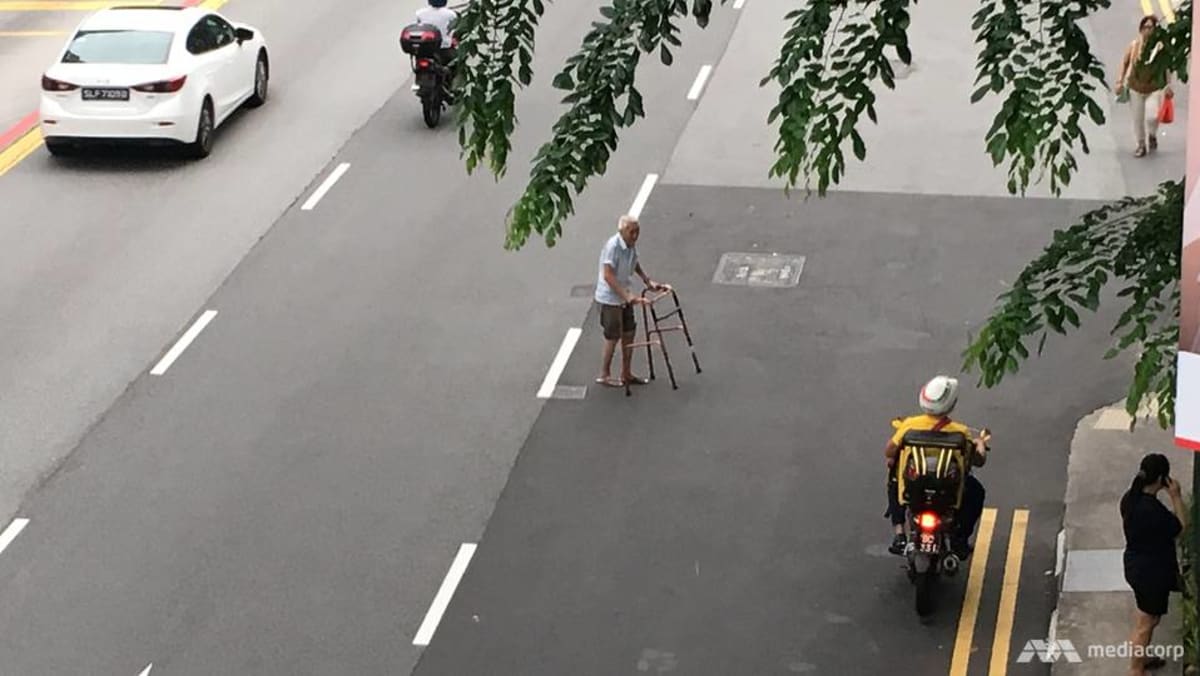CURRENT STREET DESIGNS MAY INTRODUCE CONFLICT
Infrastructure can improve road safety in two ways: By reducing the conflict points between pedestrians and on-road vehicles, and reducing the severity of accidents.
For example, Orchard Road is a bustling pedestrian hub with many activities taking place on both sides of the road, increasing pedestrians’ need to cross the road often. At the same time, it serves as an arterial road with a large volume of passing traffic. This naturally leads to more interactions between pedestrians and vehicles.
The current solutions for pedestrians are underpasses at busy junctions and signalised crossings with long waiting times. However, underpasses may not be accessible to individuals with mobility challenges, and the long waiting times at crossings may encourage jaywalking.
Converting Orchard Road into a pedestrian-friendly street and diverting traffic to other roads are likely to address such conflicts. A plan to pedestrianise a 500m stretch of Orchard Road is already underway. Other examples of roads that have widened walking and cycling spaces are Bencoolen Street and a stretch of Woodlands Ring Road.
However, such conversions of Singapore roads are time-consuming and resource-intensive. Meticulous plans and multiple trials are required before an infrastructural overhaul. Therefore, these projects take years to complete and currently only take place on a small scale.
Other easier-to-implement solutions could also be adopted, for instance providing more proper crossings at busy locations such as bus stops, food courts, schools and recreational areas. Pedestrian bridges or more frequent signalised crossings could also serve as interim measures while larger projects are underway.













